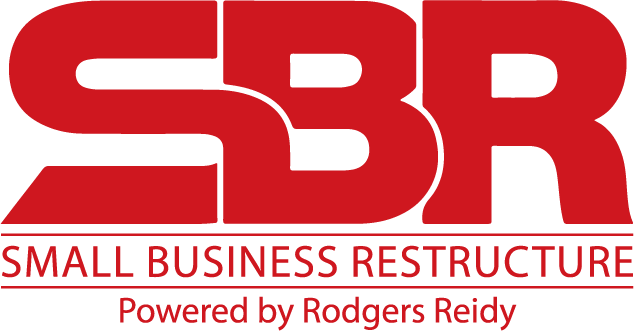
Small Business Restructure of a Gym business at 13.00 c/$.

In mid-2021, our client began operating as a gym, providing programs scientifically designed by world-leading Exercise Scientist Brodie Hicks. The gym is membership based and provides regular classes and personal training sessions. The COVID pandemic adversely impacted the business with significant increases in materials during the fit-out of the gym and delays with receiving supplies. This led to a nine month delay in opening while still paying rent.
Debt
Total debt within this SBR was approx $260,000, with the majority owing to 2 pay day lenders.
Background
Due to government restrictions imposed surrounding COVID-19, even after the gym was able to open, there were significant issues with staff absences due to illness or being close contacts of those who had contracted COVID. In 2021 there was extensive flooding across Tasmania which resulted in the gym floor being flooded, leading to significant extra costs and closures.
As a start-up business, the Directors were unable to obtain funding from a reputable lender and relied on loans from family and friends. After approximately 12 months of trading, the business sought financial assistance and a Finance Broker ‘stacked’ 4 pay day lender loans with extremely high weekly repayments
Proposal
The proposal provided for an initial lump sum contribution of $15,000, with subsequent weekly payments over a period of 12 months, making a total commitment of $40,000. Creditors voted to accept the restructuring proposal, which resulted in a 13c/$ return.
Outcome
The business has continued to trade profitably and has taken various steps to improve its position moving forward and to ensure ongoing profitability, including:
- The engagement of a Business Advisor to keep the Directors accountable and to also provide advice regarding opportunities for increased revenue, improved management and how to further reduce expenditure.
- Reviewed income and implemented ways to increase revenue.
- Conducted a detailed analysis of operating expenditure to achieve further cost savings, therefore reducing overheads
Contact: 1300 747 577 | [email protected]



